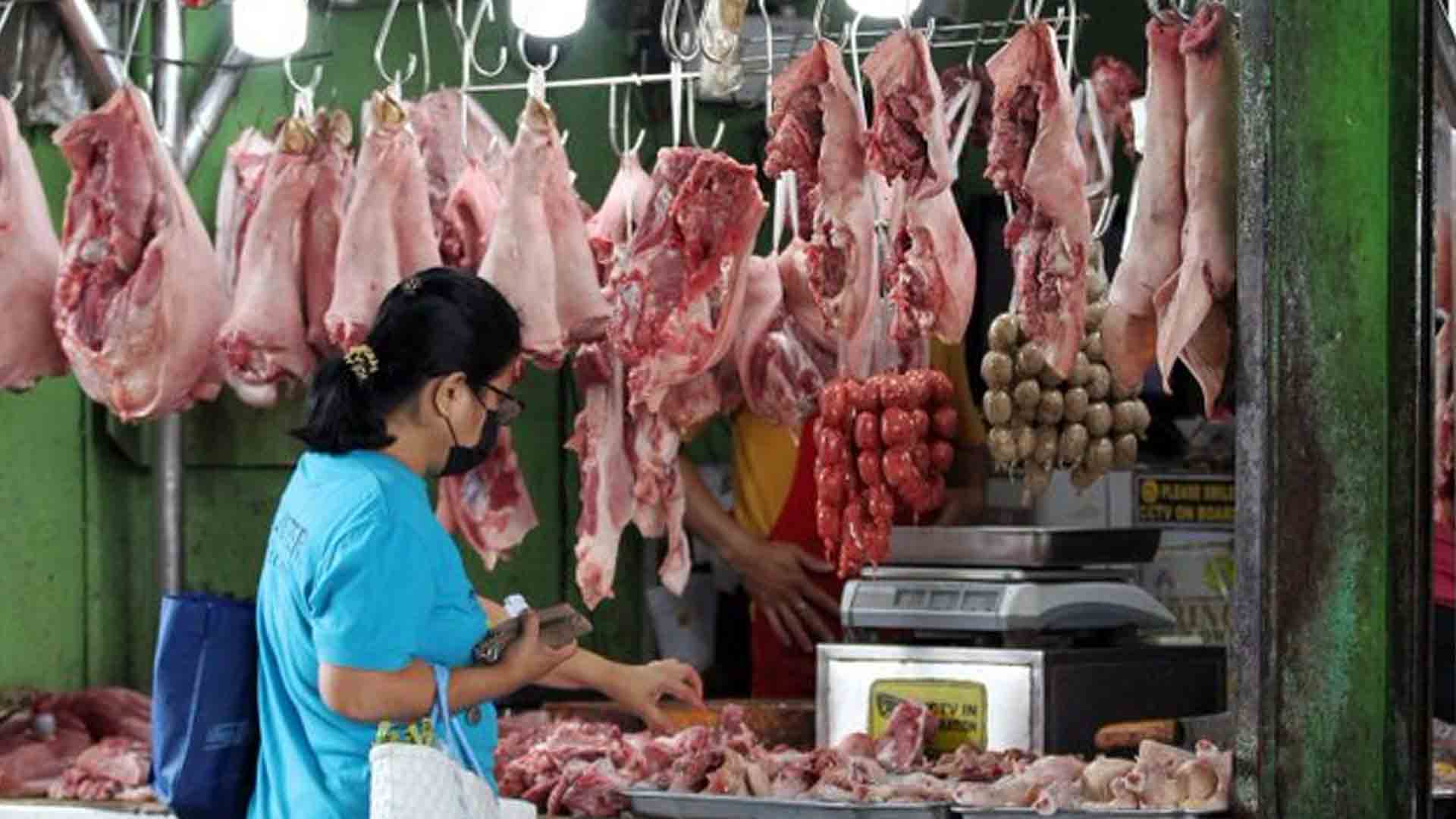The Department of Agriculture (DA) expressed confidence on Wednesday that the country has sufficient supply of rice and meat, a few months before Christmas.
In a statement, the DA said the majority of the rice supply comes from the local production of Filipino farmers.
“A big chunk of the supply comes from the locally produced rice, and production of farmers will be enough to meet the demand towards the end of the year,” the DA said.
On the other hand, adjustments in the prices of rice in the market may be felt due to the effects of drought in China.
“Retail prices, however, might be affected by the ongoing drought in China due to its implications in the cost of palay production, as well as the presence of rice varieties from other countries. Despite this, the DA confirmed that local production is enough,” it added.
According to the Philippine Statistics Authority, the country has recorded a steady increase in rice stocks inventory reaching up to 2,034.57 metric tons (MT) (Household 1,064.25 MT; 809.83 MT; and NFA 160.50 MT) in July from the 1,632.51 metric tons (Household 864.92 MT; Commercial 611.93 MT; and NFA 156.26 MT) recorded last March.
For its part, the National Irrigation Administration (NIA) has been also doubling its efforts to reach the administration’s goal to increase local production.
In a statement on Tuesday, the NIA said it has secured PHP1 trillion investment pledges from the private partnership.
“In two months, NIA now has a total investment pledge of more than one trillion pesos from potential private partners, which would then allow NIA to pursue its irrigation projects without the restriction of limited funding,” the NIA said.
These prospective investments are expected to speed up irrigation projects through public-private partnerships, it added.
Livestock supply
Besides ensuring the sufficiency of rice supply, the DA also assured the public that meat products will also meet the holiday demands.
“The DA livestock group… confirmed the country’s meat-sufficiency, especially in terms of local chickens and pigs,” it added.
Based on the department’s supply outlook, the local production of 1.65 million MT actually meets the expected demand of 1.64 million MT, not to mention that the total broiler supply is expected to be at 1.82 million MT.
However, the total pork supply is projected to be “0.10 million MT” lower than the country’s expected demand of 1.64 million MT.
“The Department is continuously working on maintaining the stability of the price and monitoring supply to help local producers produce enough for the demand,” the DA said.
As of September 20, Metro Manila’s prevailing price of fresh pork kasim is PHP300 per kilo; PHP370 per kilo for fresh pork liempo; and PHP180 per kilo for fully-dressed, whole chicken.
The DA, meanwhile, also met with the Poland Chargé d’affaires on Tuesday to discuss the enhancement of agricultural trade, particularly in poultry products.
Agriculture Senior Undersecretary Domingo Panganiban sits down in a meeting with Polish Chargé d’affaires Jaroslaw Szczepankiewicz to discuss further agricultural trade (Photo courtesy: Department of Agriculture)
Polish Chargé d’affaires Jaroslaw Szczepankiewicz expressed to Agriculture Senior Undersecretary Domingo Panganiban Poland’s intention to fortify cooperation.
“During the meeting, the Polish diplomat reiterated the intention of their poultry exporters to be accredited by the Philippines, especially for mechanically deboned meat (MDM) of chicken. He also asked for the immediate deployment of an inspection team in their country,” the DA said. (PNA)





















